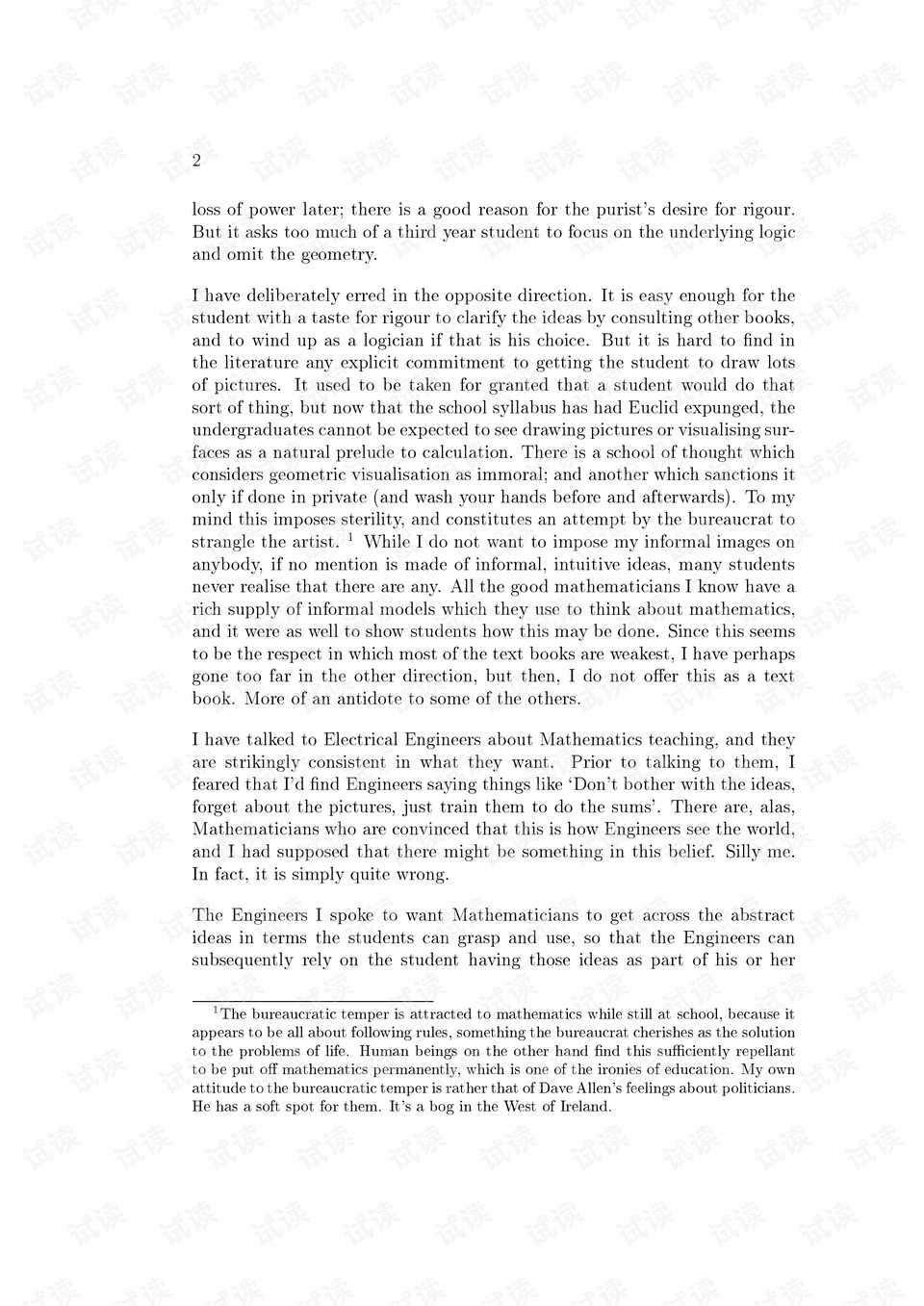An Introduction to Hardware Components in Luggage and Bags
Luggage and bags are not only functional items for carrying our belongings, but they also serve as fashion statements. The design, material, and hardware components of a bag can make or break its overall look and appeal. In this article, we will delve into the world of luggage and bag hardware components, discussing their various types, functions, and importance in enhancing the appearance and functionality of these items.
Types of Hardware Components in Luggage and Bags

Hardware components in luggage and bags can be broadly categorized into four main types: zippers, locks, handles, and buckles/fasteners. Each type serves a unique purpose in ensuring the safety, security, and ease of use of a bag.
Zippers
Zippers are perhaps the most commonly used hardware component in luggage and bags. They are used to close and open the bag, allowing easy access to its contents. There are various types of zippers available, including single-zipper, double-zipper, three-zippers (also known as triple-sliders), and invisible zippers. Single-zipper bags are simple and straightforward, while double-zipper bags offer more security and stability. Three-zipper bags are popular among travelers who need to secure their belongings without compromising on accessibility. Invisible zippers, on the other hand, are designed to blend seamlessly into the bag's fabric, making it less visible once closed.
Locks
Locks are another essential hardware component in luggage and bags, especially for securing valuable items such as laptops, cameras, and jewelry. Luggage locks come in various forms, including padlocks, combination locks, key locks, and digital locks. Padlocks are the most basic type of lock and are often used for smaller bags or items. Combination locks are more secure but require a set of numbers to be entered correctly to open the lock. Key locks are similar to padlocks but use a physical key instead of a code. Digital locks, which are becoming increasingly popular, use Bluetooth or WiFi technology to allow users to lock and unlock their bags remotely using a smartphone app.
Handles
Handles are another crucial component of luggage and bags that provide comfort and support when carrying heavy loads. Handles can be made from various materials such as leather, synthetic leather, canvas, or nylon. Leather handles are typically more luxurious and durable but can be heavier than alternative materials. Synthetic leather handles are more affordable and easier to maintain but may not provide the same level of comfort as genuine leather. Canvas handles are sturdy and versatile, suitable for various bag styles. Nylon handles are lightweight and resistant to wear and tear but may not offer the same level of durability as other materials.
Buckles/Fasteners

Buckles/fasteners are small metal or plastic components that attach the handles or straps of a bag to its body. They come in various shapes and sizes, such as buckles, snap buttons, magnetic closures, and retractable belts. Buckles are perhaps the most common type of fastener found in luggage and bags. Snap buttons are simple and easy to use, while magnetic closures offer additional security by preventing the buckle from coming loose accidentally. Retractable belts are designed to securely hold a bag's top handle or shoulder strap in place when not in use, providing added convenience and stability.
Functions of Hardware Components in Luggage and Bags
Each hardware component serves a specific function in ensuring the safety, security, and ease of use of a bag. Zipper components protect the contents of the bag from theft or damage by keeping them enclosed inside the bag when not in use. Locks provide an extra layer of security by requiring a physical key or code to open the bag's contents from inside. Handles offer comfort and support when carrying heavy loads by distributing weight evenly across both hands. Buckles/fasteners help maintain the structure and stability of a bag by attaching its different parts together securely.
Importance of Hardware Components in Luggage and Bags
Hardware components play a crucial role in enhancing the appearance and functionality of luggage and bags. The right hardware components can elevate the design of a bag while ensuring its security and usability for the user. For example, a well-designed luggage handle can make all the difference when carrying a heavy bag up stairs or over rough terrain. A durable zipper with a reliable locking mechanism can protect the contents of a valuable item from theft or damage. A comfortable shoulder strap with adjustablelength can prevent strain on the user's neck or shoulders when traveling long distances. A sturdy bottom panel with reinforced corners can prevent damage from impact during transport.
Conclusion
In conclusion, hardware components in luggage and bags are essential elements that contribute significantly to their overall design, functionality, and safety
Articles related to the knowledge points of this article:
The rise of hardware accessory manufacturers in the industrial age



